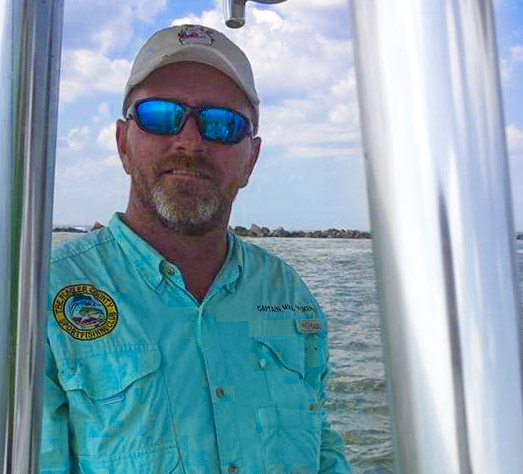As October begins, we await the fall Pompano run and have our second Surf Fishing Tournament of the year. As many of you know, I grew up chasing fish in the river, navigating through the twists and turns like a young adventurer on a quest for treasure. But when it comes to surf fishing, let me tell you, I had a master teacher—my grandfather. This man didn’t just run the Flagler Pier; he practically owned the ocean in my eyes. If he wasn’t working behind the counter, he was out in the surf, catching everything from flounder to sharks like they were mere minnows. I swear, he could hook a shark using a shoestring and an old soda can pull-tab.
Things have certainly changed since his glory days, but the essence of surf fishing remains. If you’re looking to catch a big one, you’ll need at least a 10-foot rod. That kind of length gives you the muscle you need to cast further out beyond the second break—where the real action is happening. Ensuring your rig is set up correctly is just as crucial. There are a variety of pre-made rigs, countless sizes of hooks, colorful sinkers, and styles that depend entirely on your targeted fish and the whims of Mother Nature.
Let’s begin with the basic setup: the two-drop rig. It’s the simplest and very effective. You simply tie it on, add a sinker, and as the name suggests, stick on two hooks with no additional leader. This dual-hook setup allows you to experiment with two different baits at once, giving you the chance to see what the fish are biting that day. It’s like a buffet line for fish, and you might just discover their favorite dish!
For those with specific targets in mind—like Pompano, Whiting, Flounder, or Bluefish—there are specialized rigs designed just for them. While they may look similar, these rigs differ in hook sizes, styles, and quantities. Some rigs may even incorporate pill floats to keep the bait hovering enticingly above the sandy bottom, making them irresistible to curious fish. If you wish to try your luck you could even tie your own surf fishing rigs.
Now, let’s delve into the hooks. The type you choose greatly depends on your target species. For Pompano and Flounder, I prefer a size 1 or 2 wide-gap Kahle hook, which allows for a solid hookset. When targeting Whiting, a long-shank Aberdeen (J) style hook in sizes 4 or 6 is your best bet. Each species has its preferences, and knowing which hooks to use can make a world of difference.
The choice of sinkers is equally important and varies based on your fishing environment. Fishing over sandy bottoms? A standard pyramid sinker often does the trick. However, if you’re fishing in rocky areas, I recommend a bank-style sinker. It’s much less likely to get snagged because it has smooth edges.
In areas with strong currents, an almond (flat) style weight is ideal, because it has a lower profile, whereas, for relentless surf conditions, a Sputnik sinker is your best friend. Those unique wire appendages dig into the soft bottom, anchoring your rig in place.
And let’s not forget about bait. If you had to pick just one, shrimp is the universal choice. Most fish that you can hook will happily munch on shrimp. However, don’t overlook sand fleas, especially when targeting Pompano and Whiting; they’re considered a delicacy. Clams and strips of squid also work wonders, giving you plenty of options in your bait bucket.
In the grand scheme of things, surf fishing has a rhythm all its own. The thrill of casting your line into the crashing surf, combined with the nostalgia of those fishing lessons from my grandfather, makes every fishing trip a cherished memory waiting to happen. So, grab your gear, enjoy the ocean breeze, and may the next cast bring a tug on the line and some prize money!
Remember the fishing lies start here.
Capt. Mike Vickers Jr.
President
Flagler Sportfishing Club
